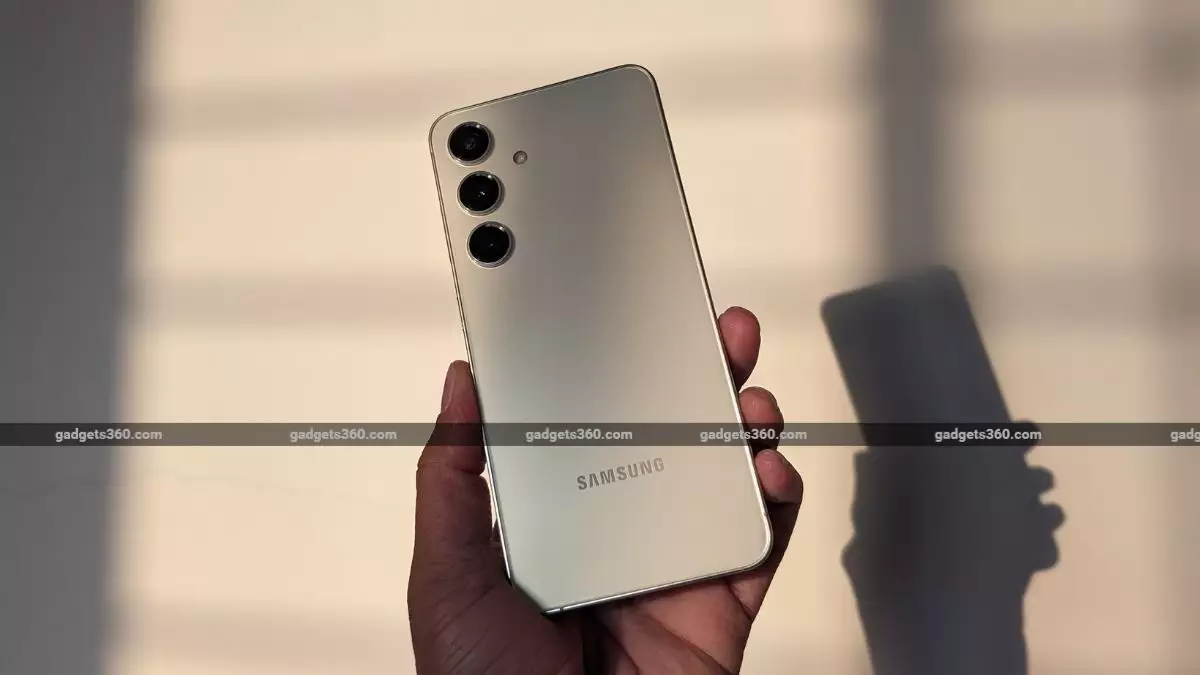In an ever-evolving smartphone market, manufacturers are continuously racing to innovate and captivate consumers. Apple and Samsung, two of the most prominent players, appear to be taking a bold leap towards ultra-thin designs with their anticipated releases: the iPhone 17 Air and the Galaxy S25 Slim. With a growing demand for sleek devices, both companies are expected to offer flagship phones that prioritize aesthetics alongside performance. However, the implications of their thinner builds raise questions about battery capacity and overall functionality.
The intrigue behind introducing slim versions of flagship smartphones lies primarily in maintaining a modern aesthetic. The trend reflects consumers’ desire for devices that are not only powerful but also easy to handle. Suggestions indicate that both the iPhone 17 Air and the Galaxy S25 Slim will significantly reduce their battery capacities, potentially ranging from 3,000 to 4,000mAh, to achieve their sleek profiles measuring only 5.xmm to 6.xmm thick. While this design overhaul may attract fans of minimalist tech, it surfaces critical inquiries regarding screen-on time and overall durability.
As the market shifts towards thinner devices, not all manufacturers are adopting the same strategies. Notably, emerging Chinese smartphone brands are releasing their ‘slim’ models equipped with more powerful batteries around 5,000mAh through the integration of advanced Silicon-Carbon technology. This innovation not only increases energy density but also enhances battery longevity—a competitive edge that Apple and Samsung might need to consider.
A prominent concern regarding the iPhone 17 Air and Samsung Galaxy S25 Slim’s design choices revolves around battery life. Reducing battery size often leads to shorter usage times, particularly for consumers who frequently engage with resource-intensive applications. This limitation might ultimately influence consumer decisions regarding these flagship devices. The speculation around the iPhone 17 Air forgoing a physical SIM card slot in favor of eSIM technology further accentuates Apple’s commitment to a sleek design, but at what cost to user convenience?
Moreover, while both handsets boast compelling OLED displays—6.6 inches for the iPhone and 6.66 inches for the Galaxy—their predictive performance may fall short due to compromised battery capabilities. Consumers expect flagship devices to deliver not only superior display quality but also lasting power to support their daily activities without frequent charging interruptions.
Despite the anticipated battery limitations, both the iPhone 17 Air and Galaxy S25 Slim aim to push the envelope concerning camera technology. With the iPhone rumored to feature a 48-megapixel rear camera and the Galaxy equipped with an impressive 200-megapixel primary camera, both devices promise substantial advancements in mobile photography. However, the question remains: will the performance of these cameras suffer due to design constraints?
The introduction of slimmer flagship smartphones by Apple and Samsung positions them at a crossroads where innovation must balance functionality with aesthetics. The decision to prioritize thin designs raises valid concerns about battery performance and user satisfaction. As competitors venture into the slim model market with more advantageous battery technologies, Apple and Samsung must strategically address these potential pitfalls. The upcoming launch of the iPhone 17 Air and Galaxy S25 Slim will undoubtedly stimulate conversations about design, performance, and consumer expectations in the advancing landscape of mobile technology.

